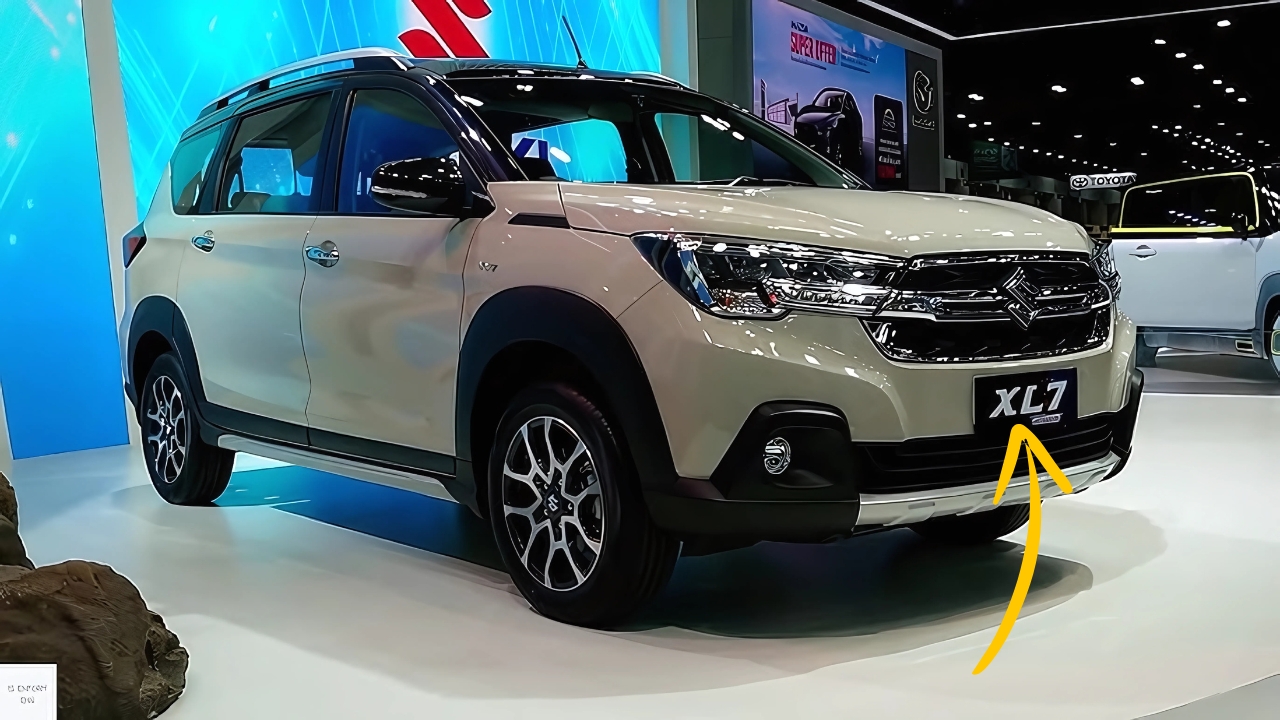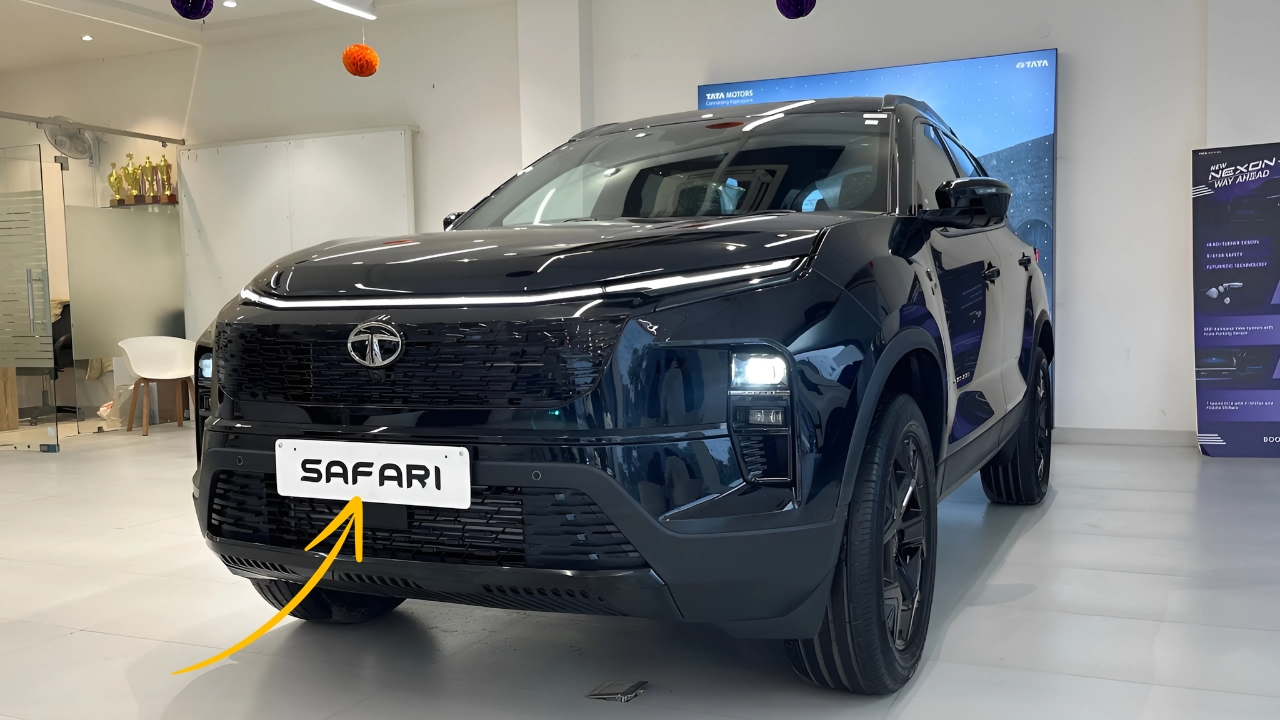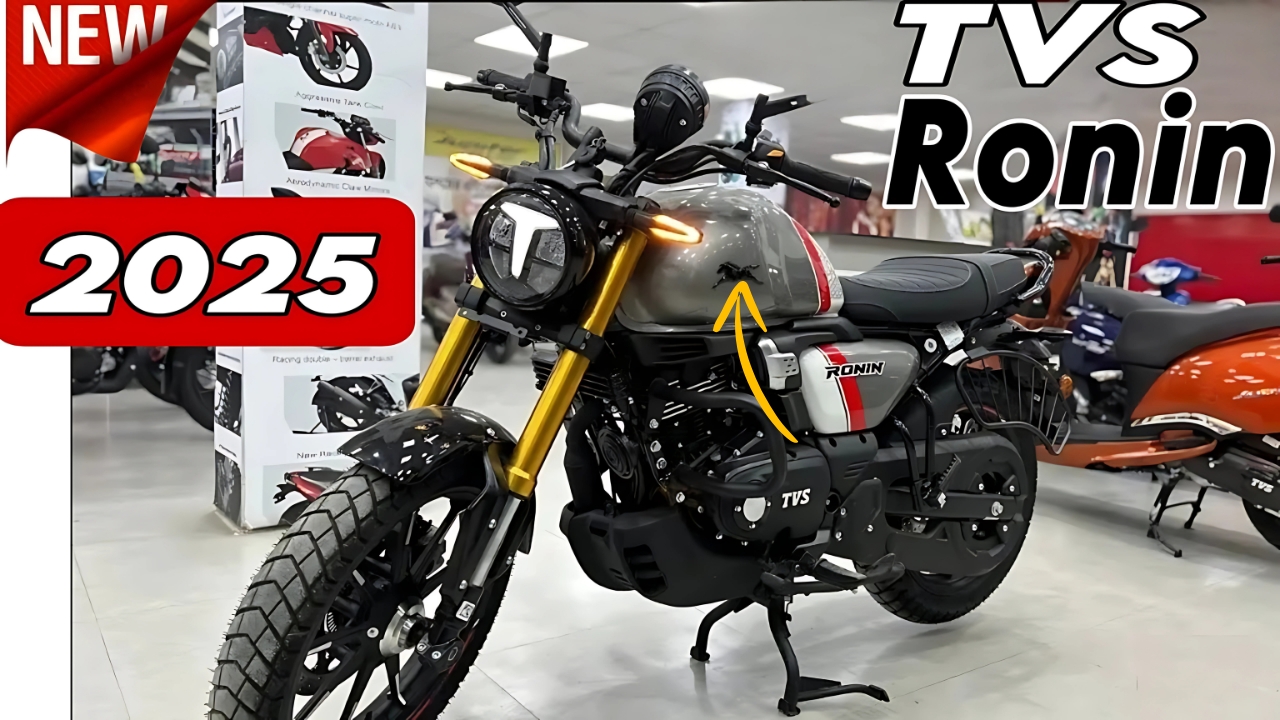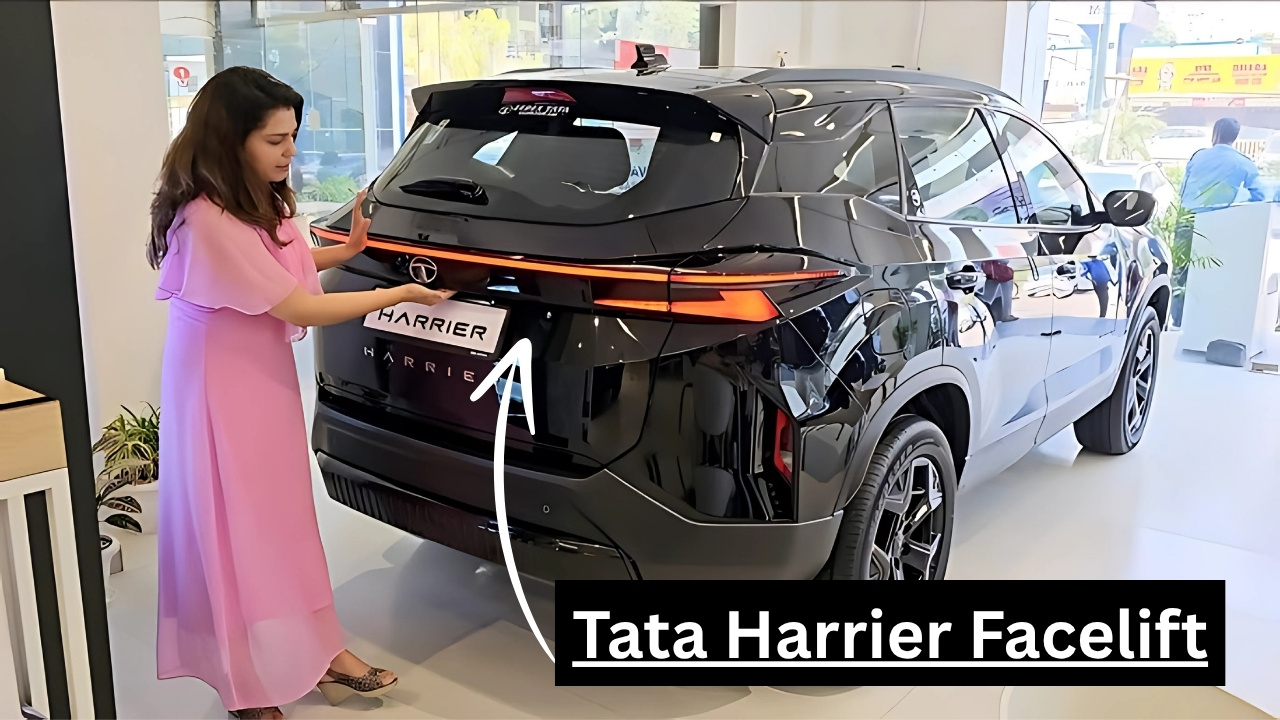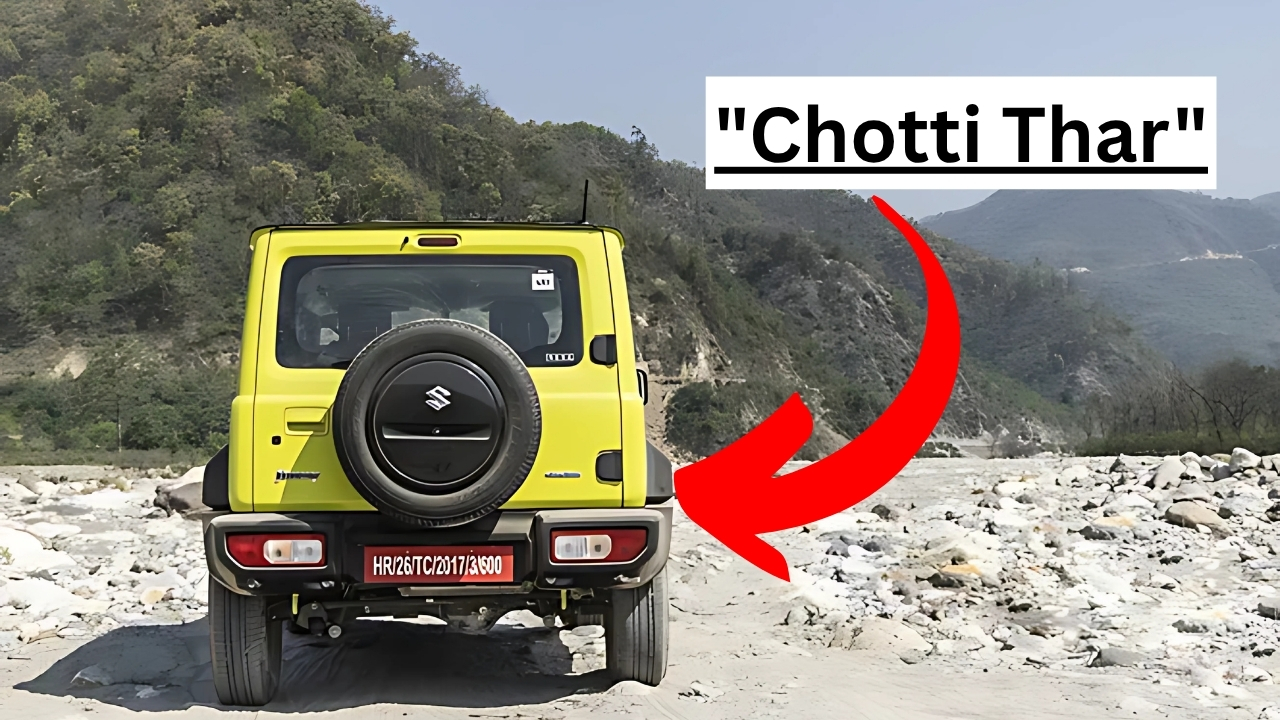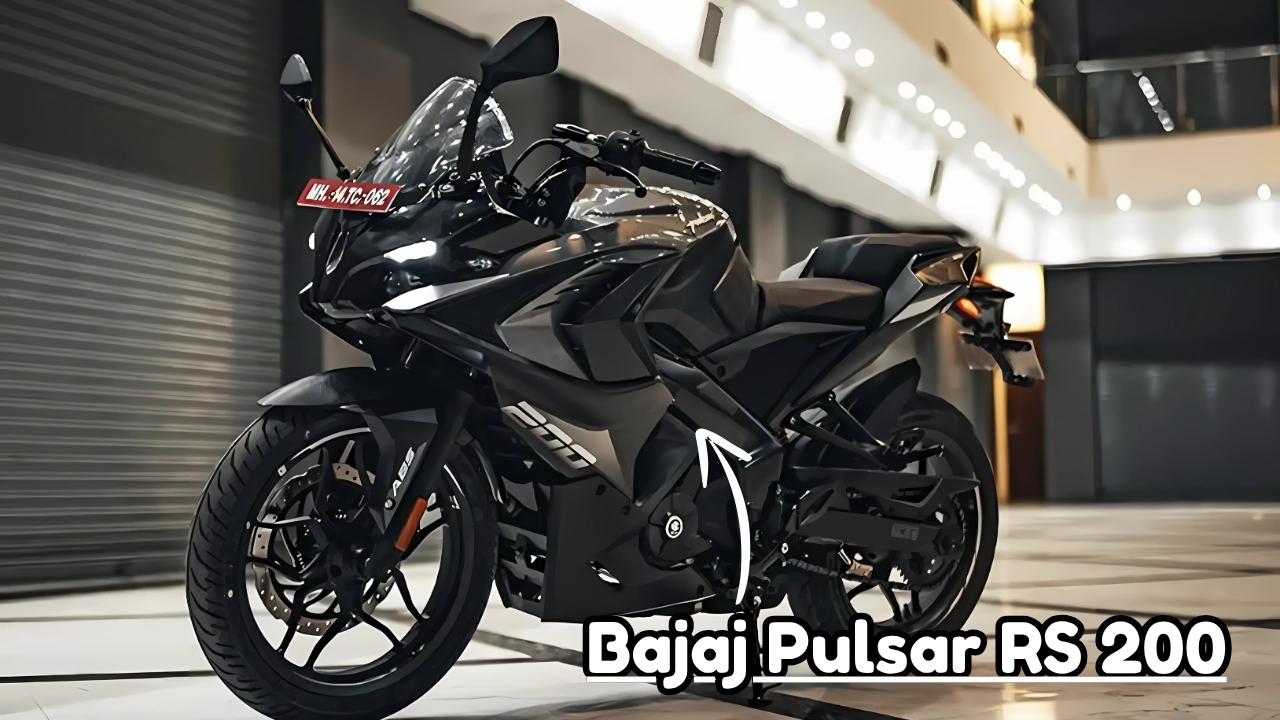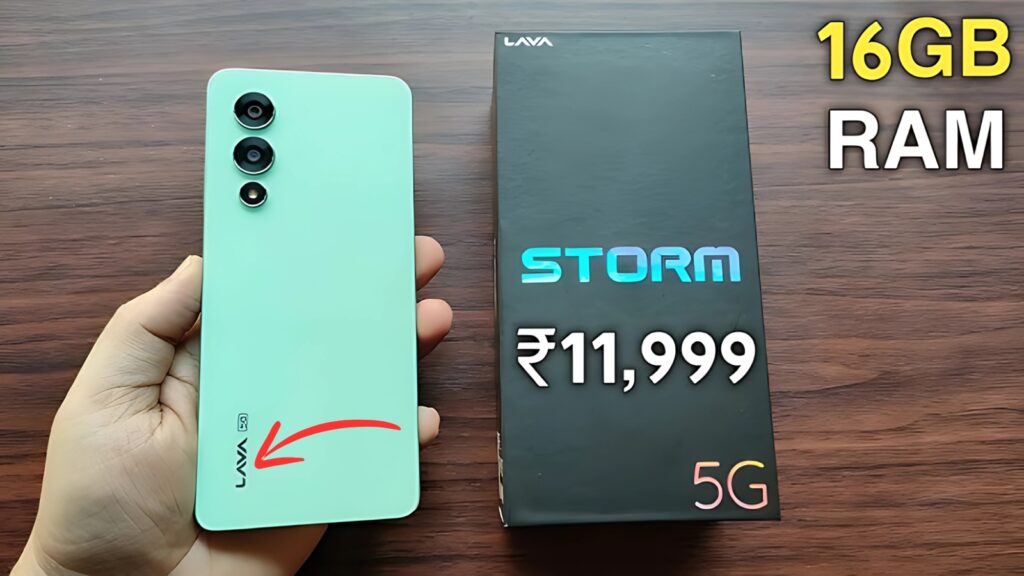2025 Rajdoot 350 : The Indian motorcycle industry thrives on nostalgia, but few names evoke as much emotion as Rajdoot.
After decades of absence, whispers in the industry suggest this iconic brand is preparing for a dramatic return with the all-new Rajdoot 350.
This isn’t just another retro-styled motorcycle capitalizing on vintage appeal – it’s a serious attempt to blend the rugged character that made Rajdoot famous with modern engineering that today’s riders demand.
The Legacy That Never Faded
For those who witnessed Indian roads in the 1970s and 80s, Rajdoot represented more than transportation – it symbolized reliability in an era when vehicle ownership remained a distant dream for many.
The distinctive thump of its two-stroke engine became the soundtrack of small-town India, while its unbreakable nature earned legendary status among riders who valued substance over style.
The original Rajdoot’s demise came not from quality issues but from changing emission norms and evolving consumer preferences.
As India embraced four-stroke technology and refined motorcycles, the raw, mechanical Rajdoot seemed outdated. Yet its absence created a void that no modern motorcycle quite filled.
Enthusiast groups kept the flame alive, restoring old models and sharing stories that younger riders heard with fascination.
This cultural significance makes the 350’s development particularly intriguing. The new management understands they’re not just launching a motorcycle – they’re reviving memories and expectations that have fermented for decades.
The pressure to honor the legacy while creating something relevant for modern riders presents unique challenges.
The 350cc Heart of the Matter
The decision to use a 350cc engine marks a significant departure from Rajdoot’s traditional small-capacity offerings.
This displacement choice reflects careful market analysis and strategic positioning.
The 350cc segment has exploded in India, driven by Royal Enfield’s success and riders seeking more power without entering expensive territory.
Details emerging from testing suggest a long-stroke, single-cylinder configuration prioritizing torque over peak power.
This philosophy aligns perfectly with Rajdoot’s character – motorcycles built for real-world conditions rather than specification sheets.
The rumored 28-30 horsepower output might seem modest, but paired with strong low-end torque, it promises the effortless pulling power that made original Rajdoots unstoppable.
Modern engineering ensures this isn’t just a vintage engine in new clothes. Fuel injection replaces carburetors, ensuring consistent performance across altitude and temperature variations.
Liquid cooling maintains optimal temperatures even in traffic, addressing a traditional weakness of air-cooled engines.
The counter-balancer reduces vibrations without completely eliminating the mechanical feel enthusiasts expect.
Design Philosophy: Respectful Evolution
Spy shots and insider information suggest the design team faced an enviable challenge – creating something unmistakably Rajdoot without producing a mere replica. The solution appears brilliant in its simplicity.
The fundamental proportions remain true to the original, with an upright riding position, generous ground clearance, and purposeful stance.
Yet modern touches appear throughout. LED lighting provides better illumination while reducing electrical load.
The fuel tank, while maintaining the classic teardrop shape, incorporates knee recesses for improved ergonomics.
The seat design balances single-piece simplicity with subtle contouring that enhances comfort during longer rides.
These updates feel evolutionary rather than revolutionary, respecting the original while acknowledging progress.
The instrument cluster reportedly combines analog and digital elements. A traditional speedometer maintains visual connection to heritage, while a digital display provides fuel efficiency, trip information, and service reminders.
This hybrid approach satisfies both nostalgic riders and practical users who need modern functionality.
Built for Indian Realities
Understanding Indian riding conditions shaped every engineering decision.
The suspension setup prioritizes compliance over sportiness, with long-travel forks and dual shock absorbers tuned for comfort.
This isn’t about carving corners at speed – it’s about maintaining composure over potholed streets, unpaved roads, and speed breakers that would unsettle sportier motorcycles.
Ground clearance receives particular attention, with figures suggesting 200mm or more.
This specification enables confident rural riding where roads exist more in theory than practice.
The bash plate, standard across variants, protects vital components from rocks and debris.
These aren’t afterthought additions but integral design elements acknowledging how Indians actually ride.
Braking systems balance modern safety with mechanical simplicity. Disc brakes front and rear provide stopping power, while single-channel ABS prevents lock-ups without adding complexity.
This approach keeps costs reasonable while meeting safety regulations.
The wire-spoke wheels, besides looking period-correct, offer advantages when dealing with rough roads where alloy wheels might crack.
Market Strategy and Positioning
Industry insiders suggest aggressive pricing will be crucial for the 350’s success. Positioned between entry-level motorcycles and premium offerings, it targets riders seeking character without breaking budgets.
The expected price point would undercut Royal Enfield while offering comparable displacement, creating interesting market dynamics.
The distribution strategy apparently focuses on smaller cities and towns where Rajdoot nostalgia runs strongest.
Rather than competing in metro showrooms dominated by premium brands, Rajdoot plans to establish presence where the brand’s values resonate most. This grassroots approach mirrors the original’s success story.
Production and Availability
Manufacturing plans suggest phased production beginning with limited numbers to gauge response.
The facility, reportedly located in Chennai, combines modern production techniques with old-school attention to detail.
Quality control receives particular emphasis, understanding that the brand’s reputation depends on delivering the reliability Rajdoot was famous for.
Initial availability might remain restricted to select states, expanding based on demand. This cautious approach prevents overextension while building anticipation.
Pre-booking numbers from dealer networks suggest strong interest, particularly from riders who remember the original or heard stories from parents.
2025 Rajdoot 350 Conclusion
The Rajdoot 350 represents more than just another motorcycle launch – it’s an attempt to bridge generations and revive values that modern motorcycles sometimes forget.
By combining a torquey 350cc engine with practical design and robust construction, it promises to deliver what made Rajdoot special while acknowledging contemporary needs.
Whether this resurrection succeeds depends on execution, but early signs suggest the legend might ride again, stronger than ever.

